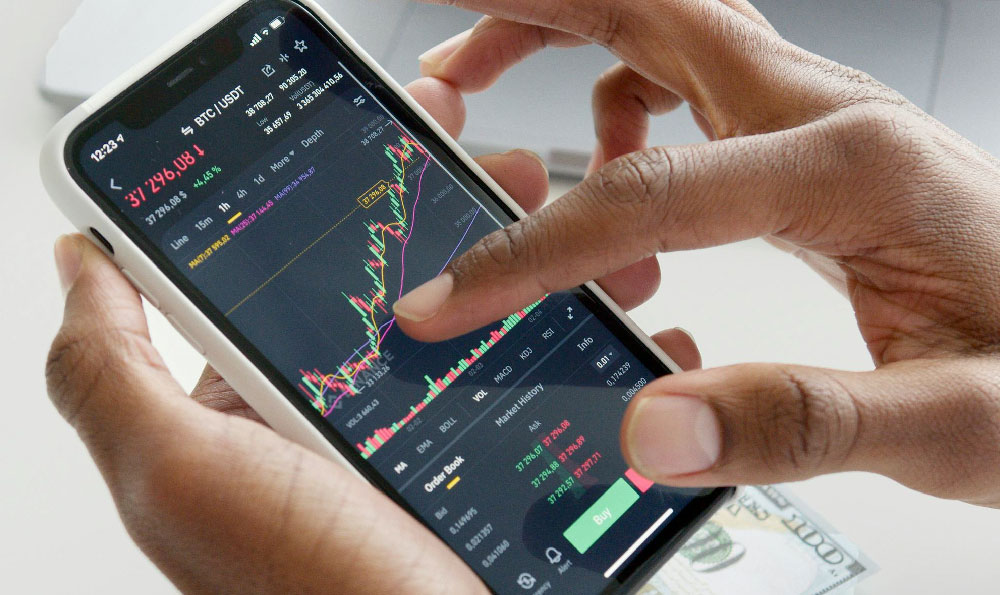Who Dominates the WNBA Financially? & Which Player Earns the Most?

The financial landscape of the Women's National Basketball Association (WNBA) is a complex and evolving ecosystem, shaped by a variety of factors including team ownership, media deals, sponsorships, and player endorsement contracts. Determining absolute dominance financially is multifaceted, involving analyzing team valuations, revenue streams, and overall league health. And while pinpointing the single highest-earning player requires navigating complex contract structures and off-court endorsements, a clearer picture emerges with careful consideration.
From a team perspective, the picture isn't about pure profitability in the traditional business sense. The WNBA's economic model is unique, often existing under the umbrella of its parent organization, the NBA. This means many teams benefit from shared resources and infrastructure, making independent financial assessments challenging. However, some teams consistently demonstrate strong market presence, dedicated fan bases, and attract significant corporate sponsorships. Teams like the Seattle Storm, the Las Vegas Aces (especially with the ownership of Mark Davis and their aggressive pursuit of top talent), and the Minnesota Lynx have historically shown strong financial performance through merchandise sales, ticket revenues, and local market engagement. More recently, teams like the New York Liberty, under the ownership of Joe Tsai (also owner of the Brooklyn Nets), are investing heavily in facilities and talent to elevate the team and brand, signalling a serious commitment to long-term financial viability. The investment into these teams can drive higher valuations and attract more sponsorships, indirectly boosting the WNBA's financial standing as a whole.
The league itself is experiencing a period of unprecedented growth in viewership and corporate interest. This is driven by several factors, including the rising popularity of women's sports, the increased visibility of WNBA stars on social media, and the league's commitment to social justice issues. The WNBA has recently secured significant media deals, including a multi-year agreement with ESPN, which provides valuable exposure and revenue. Additionally, partnerships with major brands like Nike, Google, and Deloitte contribute significantly to the league's financial health. The collective bargaining agreement (CBA) between the WNBA and the players union is also crucial for understanding the financial dynamics. The CBA sets the salary cap for teams, guaranteeing a minimum and maximum salary for players. It also outlines revenue sharing agreements and benefits packages, impacting the overall financial well-being of both the league and its athletes.

Determining which player earns the most is more complex than simply looking at base salaries. While a player's contract with their WNBA team represents a significant portion of their income, endorsements and sponsorships often dwarf their on-court earnings. Superstar players with widespread recognition and marketability command lucrative endorsement deals with major brands, significantly boosting their overall income.
Historically, players like Sue Bird, Diana Taurasi, and Candace Parker have been among the highest earners due to their combination of high WNBA salaries and significant endorsement deals. However, the current landscape is seeing a shift. While their official WNBA salaries are capped under the CBA, players like A'ja Wilson, Breanna Stewart, Sabrina Ionescu, and especially Caitlin Clark, are likely among the highest earners due to their incredible marketability. Caitlin Clark, even before playing a single WNBA game, secured lucrative endorsement deals with Nike, Gatorade, State Farm, and Panini, potentially earning her millions annually. This level of pre-professional endorsement is unprecedented in the WNBA and signifies the changing dynamic of player earnings driven by marketability and social media presence.
Furthermore, many WNBA players supplement their income by playing overseas during the WNBA off-season. Leagues in Europe and Asia often offer significantly higher salaries than the WNBA, particularly for top-tier talent. This is a common practice among WNBA players, allowing them to maximize their earnings and extend their playing careers. However, the intensity of playing year-round can lead to burnout and injuries, a significant factor in player longevity. Breanna Stewart, for example, has openly discussed her decision to prioritize playing in the WNBA and limit her overseas commitments due to concerns about her health and the growth of the WNBA, suggesting a future where WNBA salaries can compete with, or even surpass, those offered internationally for top players.
In conclusion, the financial dominance within the WNBA is shared. Teams with strong market presence, supported by NBA resources and actively pursuing top talent, are leading the charge in building financial strength. The league itself is experiencing growth fueled by media deals, corporate partnerships, and a rising fanbase. Individually, while WNBA salaries are capped, players with high marketability, like Caitlin Clark, alongside established stars like A'ja Wilson and Breanna Stewart, are poised to be among the highest earners through a combination of salary, endorsements, and, for some, overseas play. The future of WNBA finances looks bright, with increasing investments, growing viewership, and players commanding more significant endorsement deals, ultimately strengthening the league's overall financial position and athlete earning potential. The financial ecosystem of the WNBA is complex and constantly evolving, making it crucial to stay informed about the latest developments to truly understand who dominates and who earns the most.















